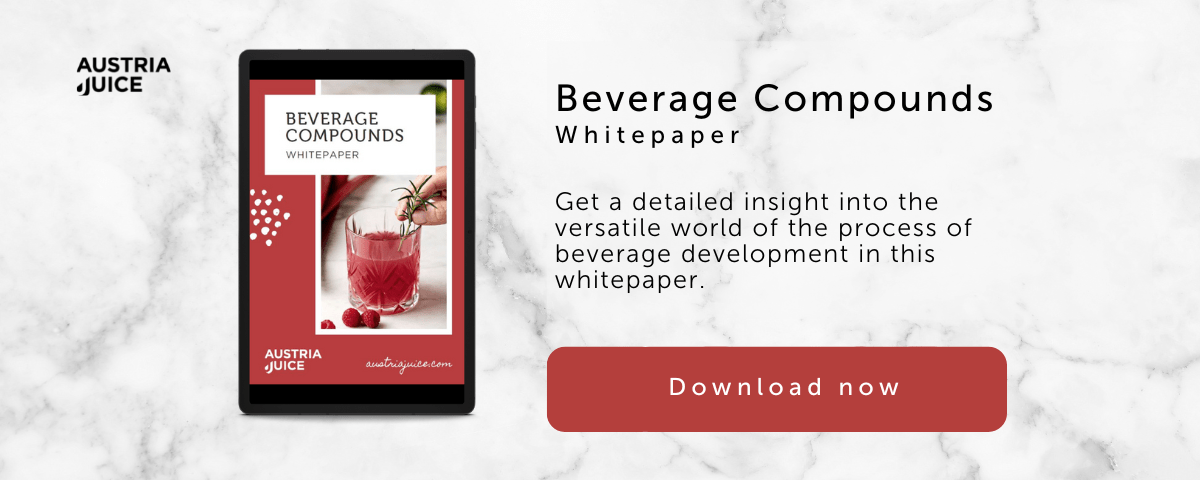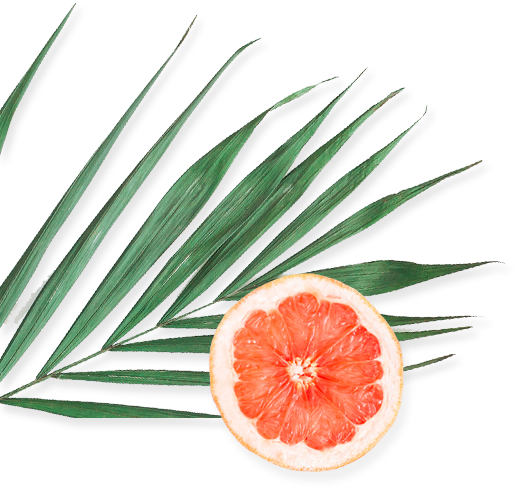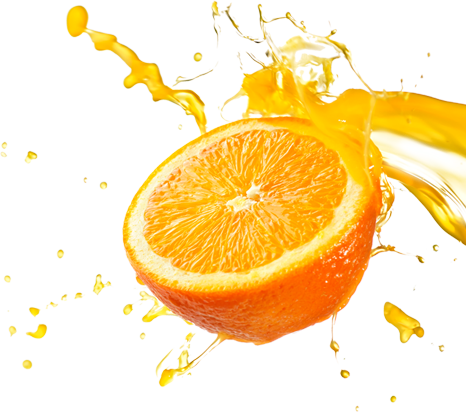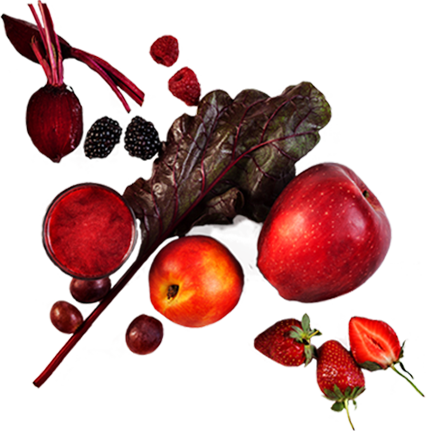
Beverage compounds and the technological challenges for the beverage development

Featured Posts
Categories
Interested in more? Subscribe to our blog.
The demand for innovative beverage concepts is increasing. Current trends such as naturalness, sustainability and the fulfilment of specific customer requirements such as organic-certified food bring new, exciting challenges for the development of beverage concepts in terms of shelf life, taste, appearance and stability. The consumer nevertheless expects that the quality remains the same until the end of the recommended best before date - at the highest level.
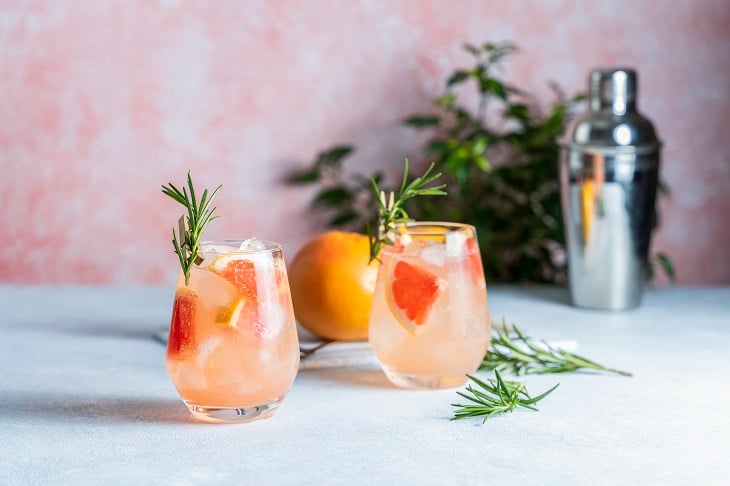
When developing new beverages, experts move between the three most important, recurring fields of tension in connection with the beverage compounds used: the technical stability, microbiological stability and sensory stability.
From these three topics, essential areas of focus can be derived during the development and implementation of a new beverage:
• Technical stability is understood to mean phenomena such as sediment, flocculation, oil ring formation or discoloration, which per se do not represent a reduction in quality, but have a decisive negative effect on the visual impression for many consumers.
• On the other hand, there is, for example, a certain sediment in a natural drink - for example naturally cloudy juice - which the consumer expects as a confirmation of "naturalness". But topics such as the long-term stability of value-determining ingredients such as vitamins also fall under this topic.
• The microbiological stability, on the other hand, has an influence on the manufacturing process of the beverage compounds and flavours as well as on the filling of the finished beverage. Depending on the container and type of filling, a number of technical solutions are available for the beverage industry.
• Sensory stability is also crucial. Especially with long shelf life and sensitive beverages, sensory stability is a major challenge.
These challenges differ depending on the ingredients - depending on their chemical properties and the availability of the raw materials. Above all, non-alcoholic beverages, alcoholic beverages, cloudy beverages, 100 percent natural beverages and organic beverages place different demands on their production. Here is an overview:
Technological challenges in non-alcoholic beverages
Gushing is an unpleasant effect that can occur with beverages containing CO2. It is the sudden and unpleasant foaming over of the drink shortly after opening the container without the drink having been shaken beforehand. This phenomenon can occur especially with natural beverages, and particularly with beverages with a high juice content. By carefully selecting raw materials and processing the juices using purely physical (natural) filtration processes, gushing can be controlled very well and the risk can be reduced as much as possible.
A fresh taste experience and balanced sensory properties of a drink are expected by the consumer for the entire duration up to the recommended best before date. The flavouring components of some tastes are more sensitive and therefore have to be used particularly care. This includes all types of beverages that have a citrus taste.
Due to the professional preselection of suitable flavours by our AUSTRIA JUICE flavourists, a suitable flavour can be recommended for every application. Nevertheless, the reasons for changes in taste over time are complex and must therefore be considered on several levels.
In addition, the selection of the suitable container - whether can, glass bottle or PET - and the filling process should also be included in the overall assessment of long-term stability.
Alcoholic beverages: this is how we avoid unwanted interactions with other ingredients
During the development of beverage compounds for alcoholic beverages an upstream and targeted selection of raw materials is essential. The alcohol contained in the Ready to drink beverages interacts with many ingredients, such as extracts, cloudy juices and some colouring foods, which can often lead to precipitation and significant colour changes.
This complexity must be taken into account when developing the basic of the beverage compound in order to be able to ensure an optimal and, above all, stable end product. Therefore it is important to coordinate the raw materials and manufacturing processes used right from the start.
Cloudy drinks: Natural stabilizers reduce sediment
Cloudy beverages are an integral part of the beverage family. Mostly these are drinks with the addition of cloudy juices. If a sediment, caused by the natural pulp content of the juices, is in some cases still tolerated by the consumer as a sign of naturalness, there are also beverages from which the customer demands particularly good cloud stability. By selecting suitable juices and juice concentrates and suitable stabilizing agents such as locust bean gum or pectin, the experts at AUSTRIA JUICE can also develop stable, cloudy drinks and drink ingredients.
Another way to create cloudy drinks without juice is to use drink emulsions. Here, essential oils - e.g. lemon oil - or vegetable oils are processed with an emulsifier to form a stable emulsion. With an addition of 0.1%, these high-dose emulsions can turn the drink significantly cloudy.
Thanks to many years of experience of the AUSTRIA JUICE beverage developers, tailor-made solutions can be developed according to customer requirements.
100 percent natural drinks as the supreme discipline for production and shelf life
Consumers' expectations regarding “clean label” are increasing all the time. A Mintel survey showed that more than 48 percent of German adults are willing to pay more for food if it contains natural instead of artificial additives . Nevertheless food manufacturers are confronted with the difficulty of explaining to consumers the naturalness of a food in the best possible way on the packaging and on the label.
In Europe - with the exception of flavours - there are no uniform rules for foodstuffs with regard to the meaning of the term “natural”. Therefore, the suboptimal term “Free from ...” is often used. So the communication of the important topic of naturalness to the consumer still is a hurdle.
There are also the technical challenges: more naturalness means to give up on artificial additives and artificial technical auxiliaries.
However, at this point we would like to dispel a widespread misconception: Being an additive does not automatically mean that it is “not natural”. The best example of this is the additive guar gum E 412 (thickener): This is a flour that is obtained from the guar seeds. It's 100 percent natural!
Nonetheless, the demands on product development are increasing, when developing and producing a correspondingly stable drink without using artificial technical auxiliaries. Therefore new processes are needed!
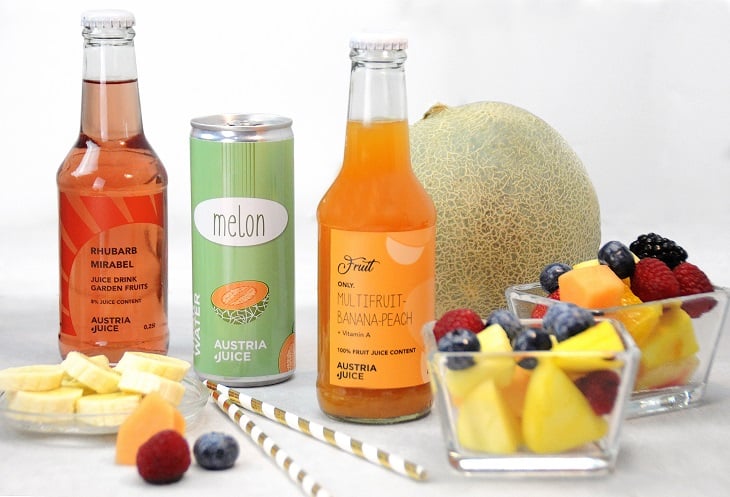
Organic drinks require certified raw materials
The trend to go for organic beverages when launching new products is also a major concern for beverage manufacturers. In Europe, the share of organic products among the new product launches is more than 10 percent (MINTEL Global Organic Trends Report 2020).
More and more consumers are opting for organic products because they increasingly value a more responsible approach to nature and reject the use of chemical additives such as sprays, for example. In terms of processed products for the organic segment, there are also new challenges for development departments. First of all the choice of available raw materials and additives is limited, and in addition to that the availability of these organic certified raw materials is more difficult.
The legal requirements must also be taken into account for the development and production of organic suitable flavours. In the flavour segment AUSTRIA JUICE has the advantage of being able to fall back on a wide range of natural FTNF water phase flavours - a by-product in the production of juice concentrates. These form the basis for the creation of natural organic flavours.
On August 5th 2021 you can read part 2 of our blog series about the technological challenges of beverage compounds.
CONCLUSION:
The beverage market is constantly changing and is constantly being determined by new, innovative trends. This increases the complexity of the manufacturing process. After all, non-alcoholic beverages, alcoholic beverages, cloudy beverages, 100 percent natural beverages and organic beverages place different demands on product development - and consumers demand that the quality, in terms of taste, appearance, ingredients and shelf life, always remains constant and at the same high level. For example, more naturalness means formulating without artificial additives and artificial technical auxiliaries. By selecting suitable juices and juice concentrates as well as suitable stabilizers and specific manufacturing processes, the experts at AUSTRIA JUICE are able to develop different beverages and beverage compounds tailored to your needs.


